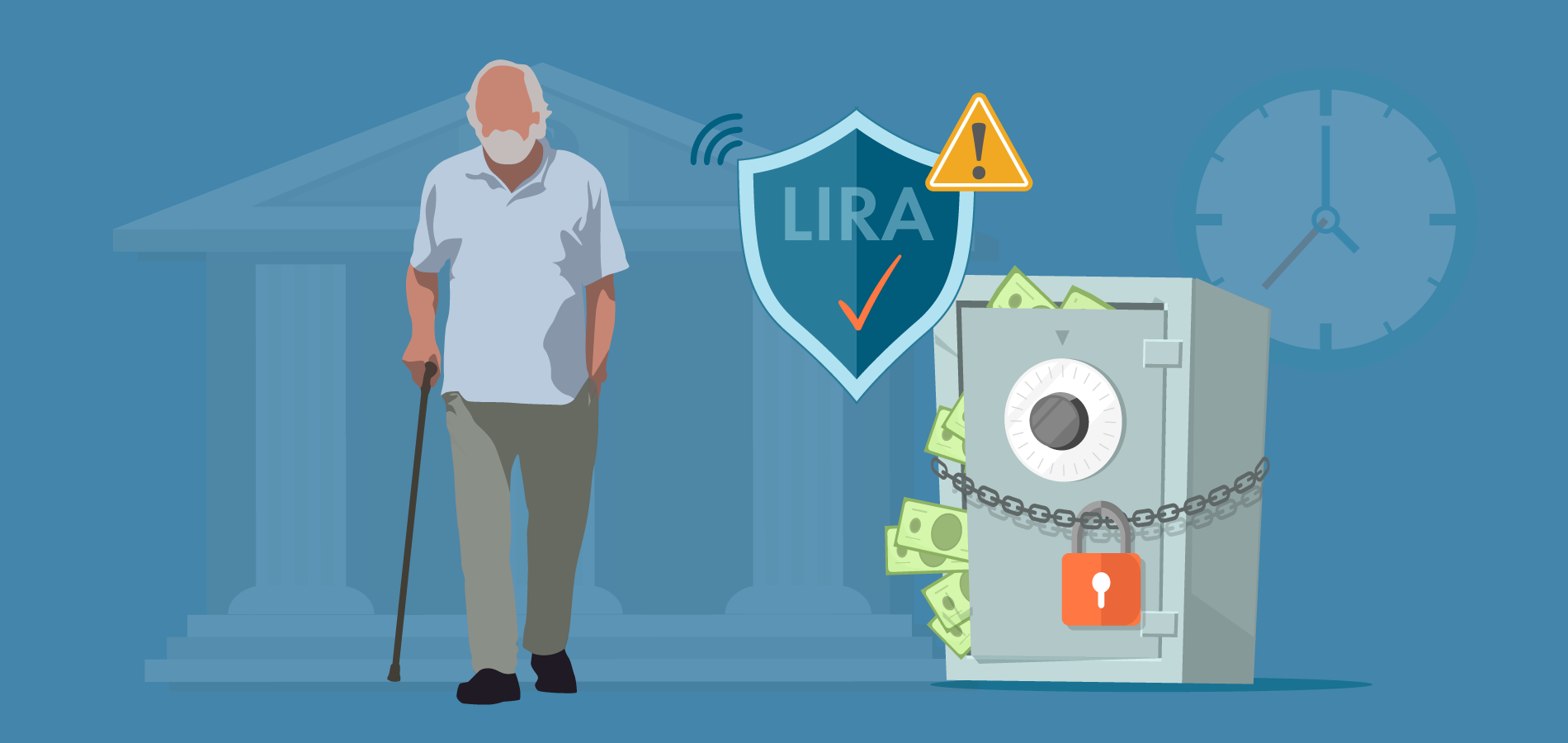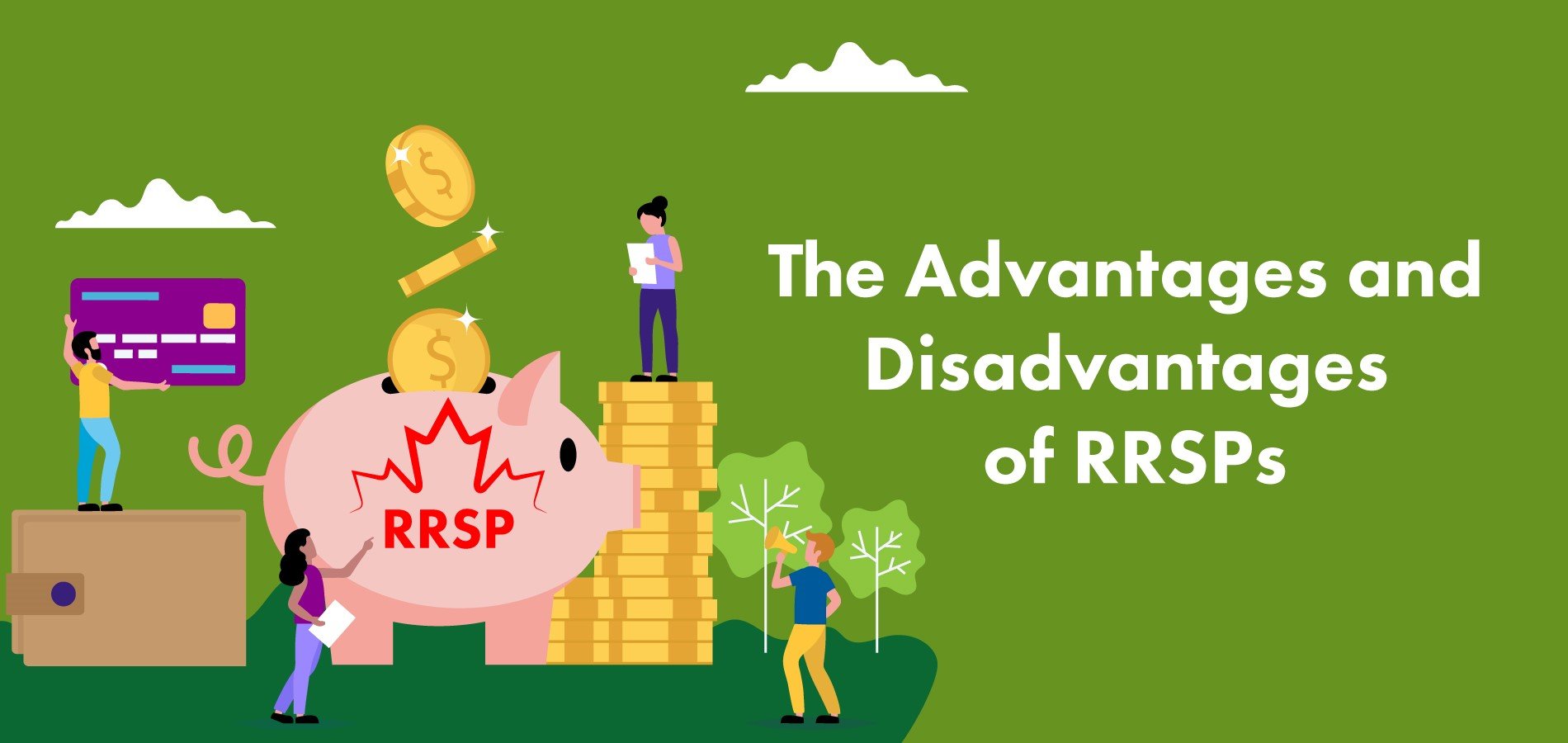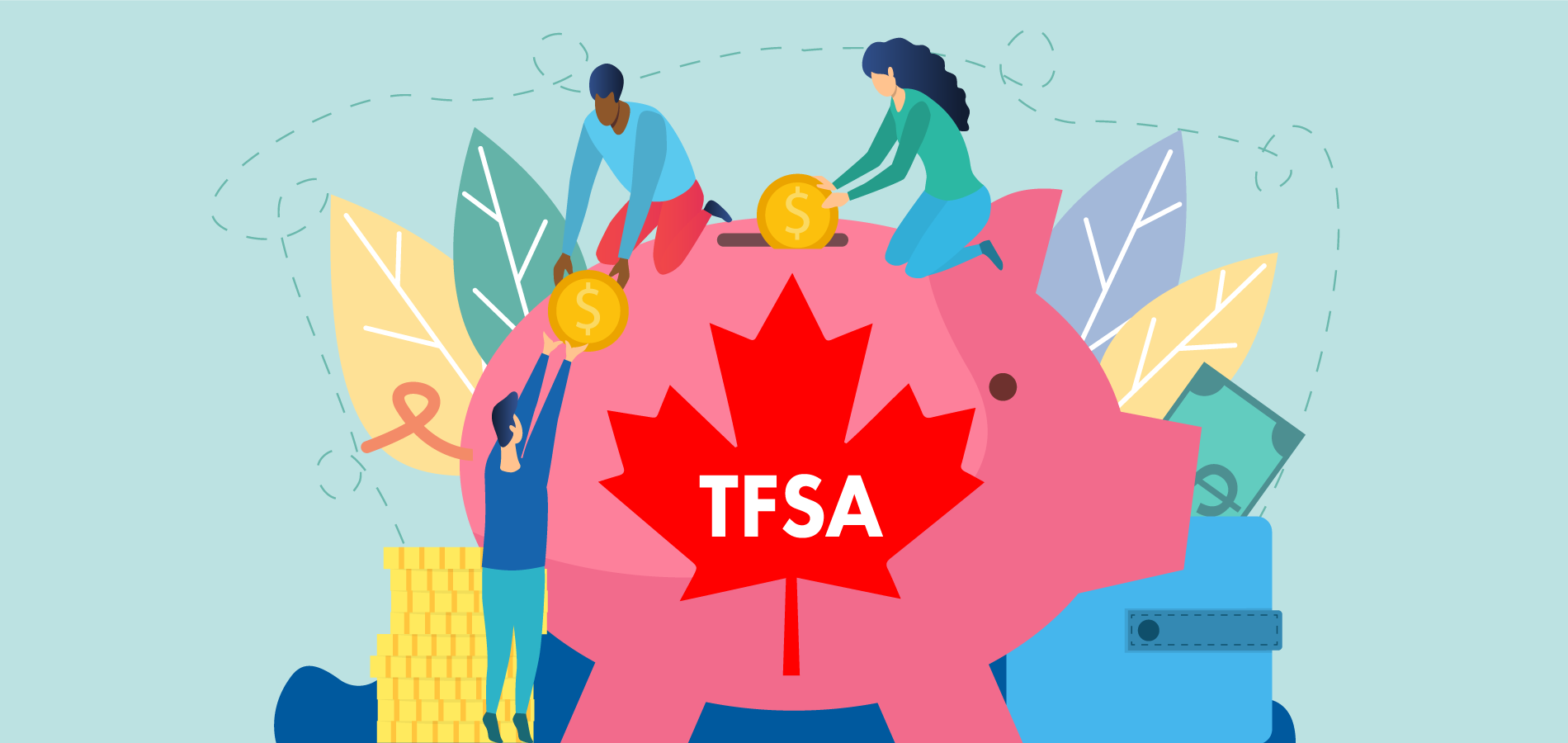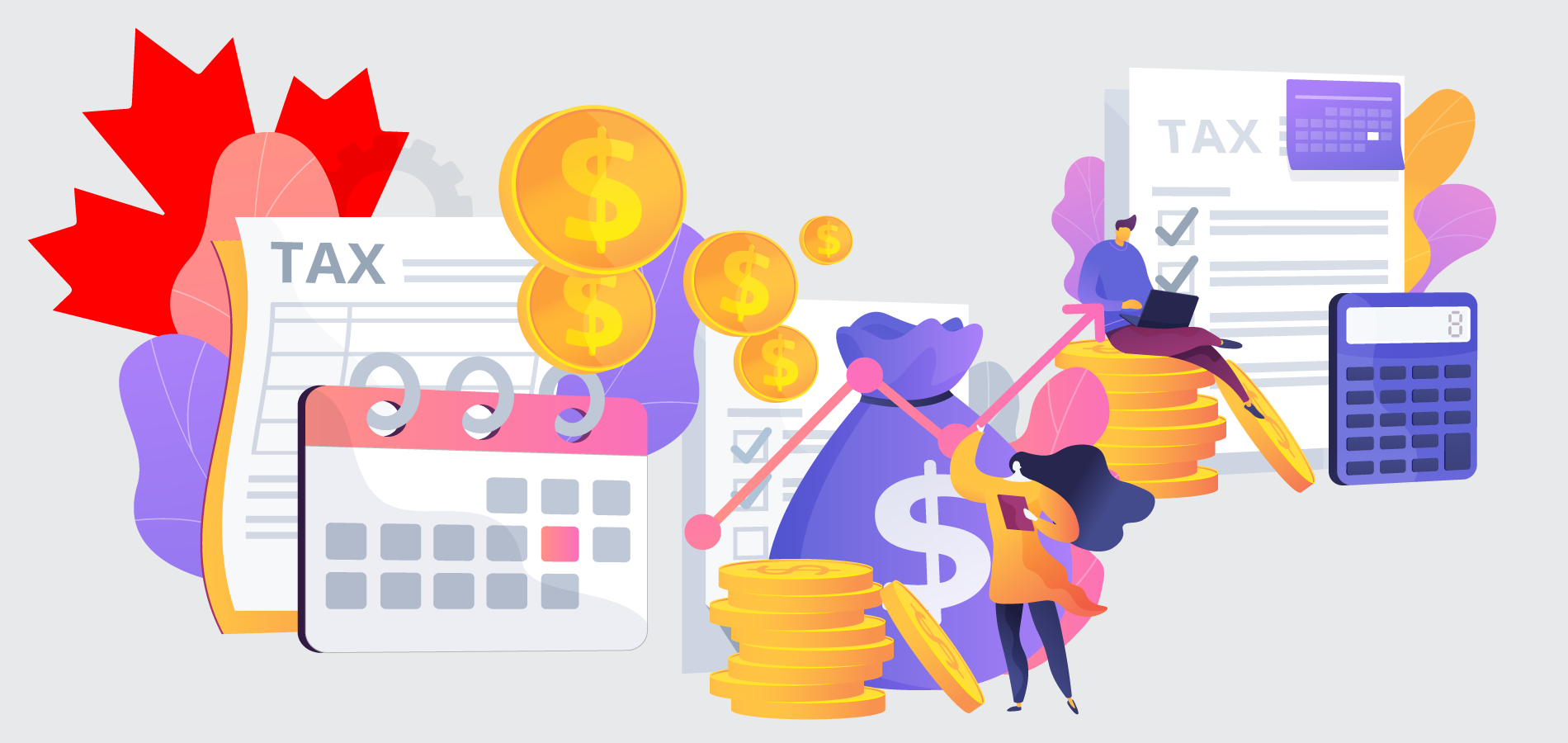A Locked-In Retirement Account (LIRA) is a registered retirement savings account that usually does not permit withdrawals before retirement. In this way, it is more restrictive than a Registered Retirement Savings Plan (RRSP).
LIRAs normally are created using funds transferred from a company pension plan. The beneficiary may have left their job, been involved in a divorce or even died. Because they are like a pension plan, funds are “locked in” and can’t be accessed until retirement.
LIRA accounts are not as well known as RRSPs because you can’t simply open an account and deposit funds. You can only establish one if you have money from a pension plan and no longer participate in that plan.
These accounts are subject to the pension laws of each province. If you worked for a federally regulated employer (such as an airline), Canadian government rules will apply. So, if you have a LIRA be sure to check how they are governed in your jurisdiction.
Some jurisdictions call a LIRA a Locked-In RRSP. If you see that term, the information in this article applies to you.
Does a LIRA earn interest?
Absolutely. Just like an RRSP, you can invest the LIRA funds in a wide range of vehicles with different risks and growth opportunities.
However, there are some differences between an RRSP and a LIRA. You can’t make additional contributions to a LIRA like you can with an RRSP. So that means your LIRA grows as you earn interest or your stocks go up, but you can’t put your savings into it.
The dividends, capital gains and interest all accumulate tax free in a LIRA account – just as they do in an RRSP. You only pay taxes when you withdraw funds upon retirement.
How do I make my LIRA grow?
The initial funds in a LIRA account are just part of the equation. The accumulation of capital through wise investment can make a huge difference in funding your retirement. You must balance your appetite for risk with the potential returns. If you prefer safe investments, GICs are the way to go – but current interest rates are very low and you will not make much money. Stocks and mutual funds are riskier but over the long term they have performed better.
You should also monitor any fees charged by the investment company on your LIRA account. If you believe the fees are too high, consider moving the LIRA to another firm. That’s completely permissible in all jurisdictions.
If I have a LIRA account, do I still need an RRSP and TFSA?
Probably. It’s unlikely that the income from your LIRA account will be enough to support you in a comfortable retirement. Therefore, it’s important to generate additional savings.
With an RRSP, you receive a tax deduction when you contribute. A Tax Free Savings Account does not provide a tax deduction, but any income generated is not taxable. Of course, when you withdraw funds from your RRSP, you will be taxed.
Can you unlock a LIRA?
Generally, no. However, in some provinces there are provisions to unlock 50 percent of the value for a one-time withdrawal for those over the age of 55. The LIRA withdrawal rules are quite stringent.
People who are in difficult financial circumstances may be eligible to dip into their LIRA account. This includes those who have low incomes, are facing a foreclosure on their home or eviction from a rental property, need cash to pay the first and last month’s rent on a new lease and are facing significant expenses due to medical problems or a disability. If you have a shortened life expectancy (with a doctor’s report), you may be permitted to withdraw funds early. And people who need cash to pay child or spousal support may take out money.
If the LIRA account holds a fairly small amount, you may be able to take out all the money. Again, check the rules in your jurisdiction.
If you have a LIRA and wish to access the funds, contact an investment advisor for advice on the LIRA withdrawal rules in your province and to consider whether a LIRA withdrawal is the best option.
When can I withdraw from a LIRA account?
As indicated above, withdrawals from a locked-in account can normally only be made when you retire. When you remove money from a LIRA or RRSP, the government will withhold taxes.
With an RRSP, you can take out funds for a down payment on a house as long as you pay it back. This is not permitted with a LIRA.
I am ready to retire. What is a Life Income Fund (LIF)?
When you retire, you can establish a Life Income Fund to provide you with a regular income until you die. This is similar to the RRSP’s counterpart, the Registered Retirement Income Fund.
Alternatively, instead of establishing a LIF, you can use the funds to purchase a life annuity. This provides you with a fixed amount every year and you do not have to decide how much to withdraw annually.
Depending on your age, there will be a minimum annual percentage that you must withdraw from the LIF. As well, there is a maximum percentage that you can take out. For example, at age 65 the minimum withdrawal is 4 percent and the maximum is 7.38 percent.
When you retire, you can begin accessing funds in your LIRA account. You must convert your locked-in account to a LIF (or purchase a life annuity) not later than December 31 of the year that you turn 71. This is the same rule for a RRIF.
Under both a LIF and RRIF, you will face taxes on any withdrawals that you make.
Are you incorporated in Canada?
Small business owners and incorporated individuals in Canada can use a Health Spending Account (HSA) to save on their medical expenses. An HSA is a cost effective alternative to traditional health insurance. The plan covers a wide variety of health and dental expenses. You could save thousands of dollars in taxes with an HSA.
Find out more about Health Spending Account (HSA), download my free guides:







